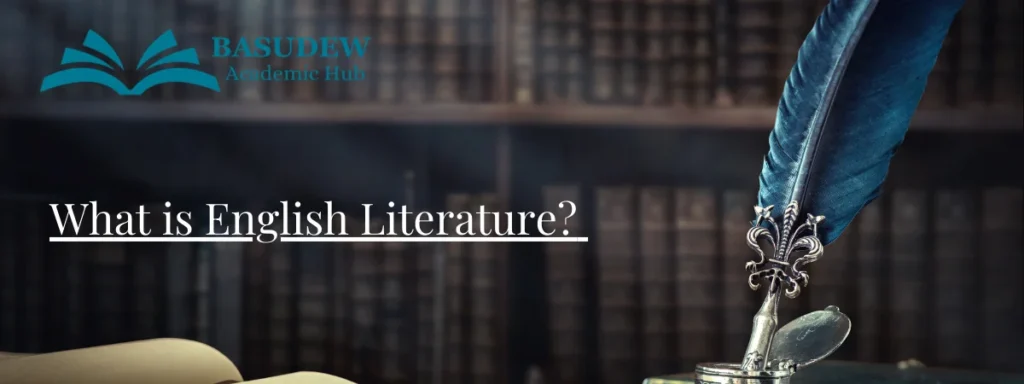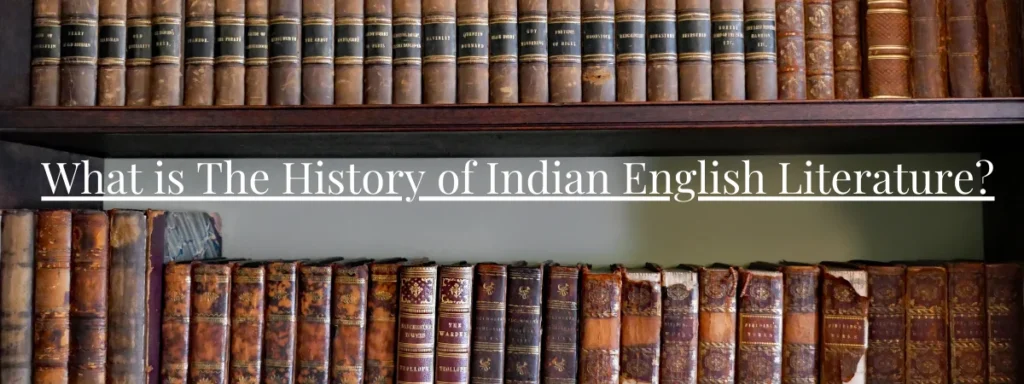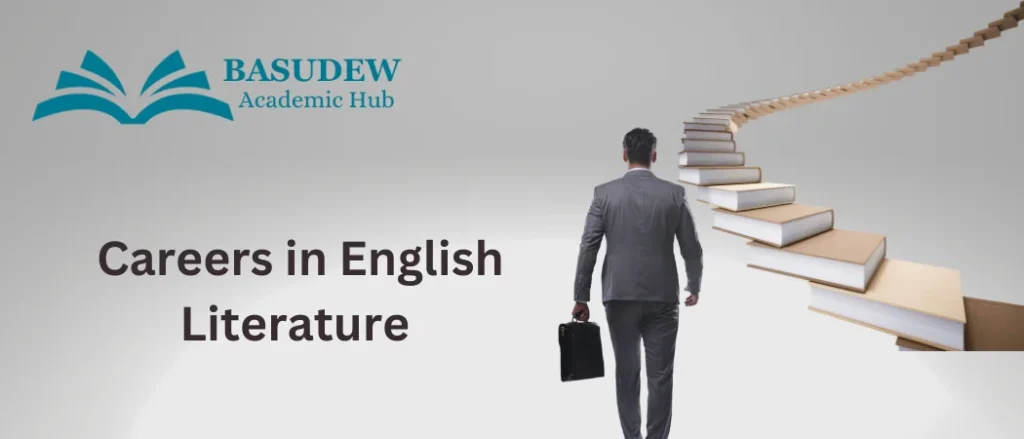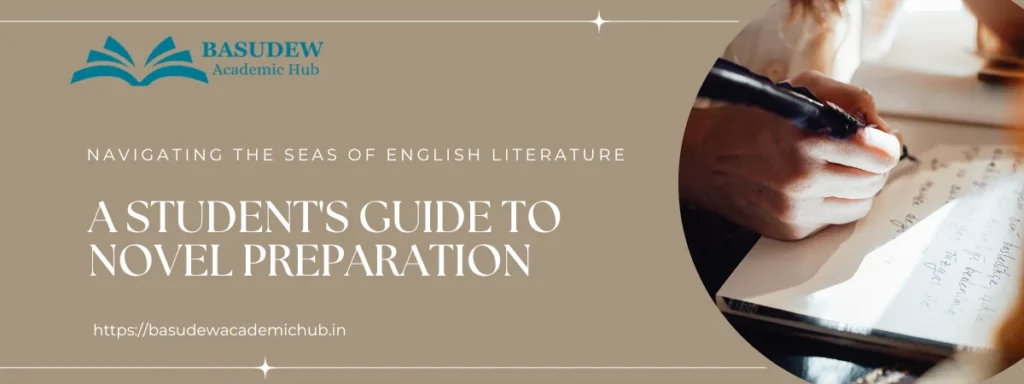English literature refers to the body of written or literary works produced in the English language. During the 19th century, it experienced significant transformations in style, content, and cultural influence.
This period saw the rise of Romanticism, characterized by an emphasis on emotion, individualism, and nature, as seen in the works of poets like William Wordsworth and Samuel Taylor Coleridge. The Victorian era followed, marked by a focus on realism and social issues, with novelists such as Charles Dickens and George Eliot addressing the complexities of industrialization and class struggles.
Additionally, the 19th century witnessed the emergence of Gothic literature, as exemplified by Mary Shelley’s “Frankenstein” and Bram Stoker’s “Dracula.” English literature of this period reflects the societal changes, political upheavals, and intellectual developments that shaped the cultural landscape, leaving a lasting impact on literary traditions and paving the way for diverse literary movements in the centuries to come.
History of English Literature:
The history of English literature is a rich tapestry that spans centuries, reflecting the cultural, social, and intellectual developments of different eras. The earliest period, Old English literature (c. 450-1066), includes epic poems like “Beowulf,” showcasing heroic ideals and pagan traditions. The Norman Conquest in 1066 brought Middle English literature, blending Anglo-Saxon and French influences. Geoffrey Chaucer’s “The Canterbury Tales” is a notable work from this period, capturing the diversity of medieval English society.
The Renaissance (c. 1500-1660) witnessed a revival of classical learning and humanism. William Shakespeare, a towering figure of this era, produced timeless plays like “Hamlet” and “Romeo and Juliet.” The Elizabethan and Jacobean periods also saw the emergence of metaphysical poets such as John Donne and George Herbert.
The 17th century marked the transition to the Enlightenment, characterized by reason and scientific inquiry. John Milton’s epic poem “Paradise Lost” reflects this intellectual shift. The Restoration (1660-1700) brought about a resurgence of drama, with works by John Dryden and Aphra Behn. The 18th century, known as the Age of Enlightenment, witnessed the rise of prose literature. Satire and social criticism were prominent, as seen in Jonathan Swift’s “Gulliver’s Travels” and Samuel Richardson’s novel “Pamela.” The Romantic era (c. 1780-1830) reacted against the rationalism of the Enlightenment, emphasizing emotion and nature. William Wordsworth and Samuel Taylor Coleridge, with their “Lyrical Ballads,” exemplify the Romantic spirit.
The Victorian era (1837-1901) saw a diverse literary landscape. Charles Dickens portrayed social issues in novels like “Oliver Twist,” while Charlotte Brontë explored gender roles in “Jane Eyre.” The poetry of Alfred Lord Tennyson and Robert Browning reflected the changing times.
The 20th century witnessed literary modernism, challenging traditional forms and exploring fragmented narratives. Virginia Woolf’s “Mrs. Dalloway” and T.S. Eliot’s “The Waste Land” are iconic examples. Post-World War II literature witnessed diverse movements, from the existentialist themes of Samuel Beckett to the magical realism of Gabriel García Márquez. Contemporary English literature is marked by multicultural voices and postcolonial perspectives. Salman Rushdie’s “Midnight’s Children” and Chinua Achebe’s “Things Fall Apart” exemplify the global influence on English literature.
Time Periods in English Literature:
- Old English Literature (c. 450-1066): The earliest period, featuring works like the epic poem “Beowulf,” characterized by heroic ideals and pagan traditions.
- Middle English Literature (1066-1500): The Norman Conquest led to a blending of Anglo-Saxon and French influences. Geoffrey Chaucer’s “The Canterbury Tales” is a prominent work from this era.
- Renaissance (c. 1500-1660): A period of revival in classical learning and humanism. William Shakespeare’s plays, such as “Hamlet” and “Romeo and Juliet,” are central to this era.
- 17th Century (1600-1700): Transitioning into the Enlightenment, marked by reason and scientific inquiry. John Milton’s “Paradise Lost” is a significant work from this period.
- Restoration (1660-1700): The return of the monarchy brought a resurgence of drama, with John Dryden and Aphra Behn notable contributors.
- 18th Century (1700-1800): The Age of Enlightenment, emphasizing prose literature, satire, and social criticism. Jonathan Swift’s “Gulliver’s Travels” and Samuel Richardson’s “Pamela” are key works.
- Romantic Period (c. 1780-1830): Reacting against Enlightenment rationalism, emphasizing emotion and nature. Works like William Wordsworth and Samuel Taylor Coleridge’s “Lyrical Ballads” characterize this era.
- Victorian Era (1837-1901): A diverse literary landscape addressing social issues. Charles Dickens’ novels and the poetry of Alfred Lord Tennyson exemplify this era.
- 20th Century Modernism (1901-2000): A period of experimentation and a break from traditional forms. Works like T.S. Eliot’s “The Waste Land” and Virginia Woolf’s “Mrs. Dalloway” mark this era.
- Contemporary and Postmodern Period (2000-Present): Diverse movements and perspectives, including multicultural voices and postcolonial literature. Salman Rushdie’s “Midnight’s Children” and the works of contemporary authors reflect the global influence on English literature.
In summary, the history of English literature is a dynamic journey through time, reflecting the evolution of language, culture, and human thought. From the epic tales of Beowulf to the postcolonial narratives of today, English literature continues to be a vibrant and ever-changing expression of the human experience.





